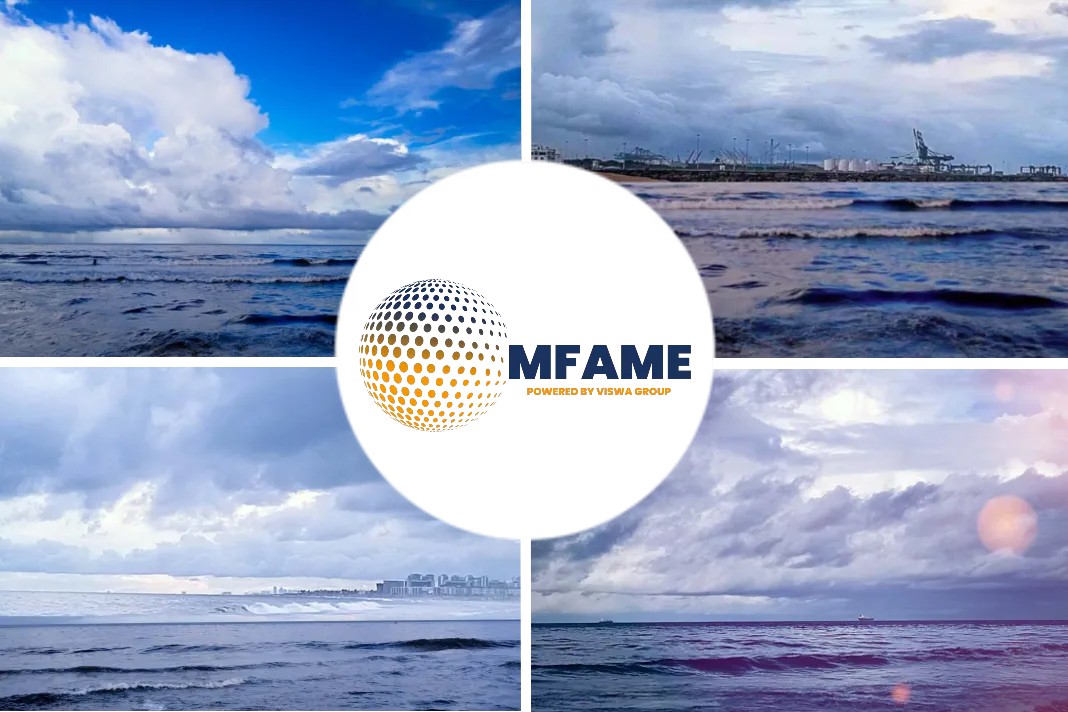
According to ESPO news, there are signs of carbon and business leakage before the EU ETS for the maritime sector.
Implementation process of the EU emission trading system
As part of the implementation process of the EU emission trading system (ETS) directive for the maritime sector, the Commission held a public consultation on the list of non-EU neighbouring ports that would fall under the “transhipment clause” that has been introduced in the directive intended to limit the risks of carbon and business leakage once the EU ETS maritime comes into force.
In its reply to the consultation, the European Sea Ports Organisation (ESPO) reiterates its support for an emission trading scheme as instrument for greening the shipping sector, but expresses its serious concern about first signs of carbon and business leakage due to the limited scope of the current legislation.
For ESPO, the principle to not consider as a “port of call”, in the counting of the ETS charges, the calls to some transhipment ports neighbouring the EU is only a partial solution to the problem. ESPO fully agrees with the identification of Tanger Med and East Port Said as major neighbouring transhipments ports. However, it will not be enough to ensure that evasion cannot take place. While only a few neighbouring ports are reaching the very high transhipment volume thresholds put forward in the legislation (65%), many ports and terminals around Europe have and/or are building up transhipment capacity. The Commission should therefore not only look at current volumes, but also consider the transhipment capacity in the different ports neighbouring the EU.
Non-EU transhipment port
Moreover, under the current legislation, even if the call at a non-EU transhipment port is subject to the special regime, it is still more favourable for ships to call at a non-EU port than at an EU transhipment port. When ships call at an EU transhipment port, the last leg between the transhipment port and any other EU port is subject to ETS charges for 100% of the journey. On the other hand, if the ships call at a non-EU transhipment port, only 50% of the journey is accounted for.
“We see a real ramping up of investments in additional TEU capacity in ports and new terminals in neighbouring countries, including investments realised by major shipping lines in these ports, and we also hear about first rerouting movements outside Europe. This reinforces the idea that shipping lines, where relevant, are preparing their way out of the EU ETS maritime. We recognise the importance of the EU ETS Directive and supports its aim, but we continue to regret that this legislative framework disadvantages EU ports vis-à-vis non-EU ports, without the expected benefit in terms of emission reduction”, stresses Zeno D’Agostino, Chairman of ESPO.
For the maritime EU ETS to be a success, the European Commission must make sure that the ETS implementation safeguards the competitiveness of European ports, and avoids carbon and business leakage to ports neighbouring the EU.
Non-EU ports
For Europe’s ports, monitoring should already take place ahead of the application date, as rerouting and evasion movements are already in preparation or happening now. Moreover, the monitoring should happen continuously, not only with a report every two years.
“One must realise, that once evasion is established, and trading routes have changed, it will be very difficult to reverse the negative developments”, says Isabelle Ryckbost, ESPO Secretary General.
While it is difficult to prove a direct causal link between certain rerouting and developments of terminals outside the EU, the level and intensity of recent developments in non-EU ports strengthen the concern of many European affected ports on the possible adverse effect of the EU ETS without the expected environmental benefit. On top of losing transhipment capacity and the corresponding jobs, Europe risks losing oversight and control of the entire supply chain.
Given the current situation and developments and the serious consequences of the implementation of this legislation for the competitiveness and future of some European ports, ESPO hopes for an open, continuous and constructive dialogue with the Commission allowing to map adverse impacts and signal evasion at a very early stage, in view of achieving an ETS that delivers the ambitions it has been designed for.
Did you subscribe to our daily newsletter?
It’s Free! Click here to Subscribe!
Source- ESPO





















